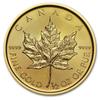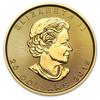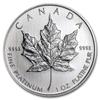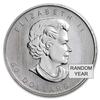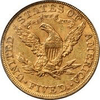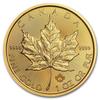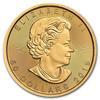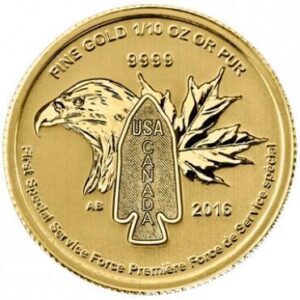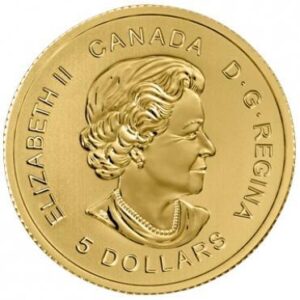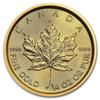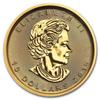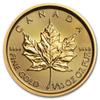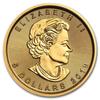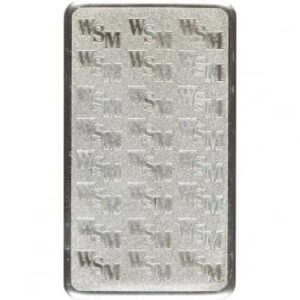View More
Show All Results...
Click to get started or call the number below to speak with one of our Account Executives for more information about availability, pricing, and questions.
Designed by James B. Longacre, the obverse of the $20 Liberty gold coin features Miss Liberty donning a crown inscribed with the word “LIBERTY”. Thirteen stars, representing the original 13 colonies, and the date encircles her.
The reverse features a bald eagle behind a striped shield. The words “UNITED STATES OF AMERICA” arc the top of the coin. A total of three different types of $20 Liberties were minted. Depending on the date and type, other pieces of information are listed on the reverse, as listed below.
The coin contains .9675 Troy oz of gold with a purity of 90%.
Type I – These coins do not feature the motto “IN GOD WE TRUST” and the denomination is written as “TWENTY D.”
Type II – The “IN GOD WE TRUST” motto was added to the reverse in 1866, resulting in the Type II design. Rev. M.R. Watkinson of Ridleyville, PA, spearheaded this change by asking Secretary of the Treasury Salmon P. Chase to include the motto on the nation’s coins. Another Type II design change involved altering the shape of the shield on the reverse from straight to curved in the ornate rococo style of the day.
Type III – In 1877, the denomination was changed to read “TWENTY DOLLARS” instead of “TWENTY D.” This is the only difference between Type II and Type III $20 Liberty gold coins.
The creation and use of the double eagle – Although $1, $2.50, $5, and $10 gold coins were already in circulation, the mint realized that it could increase the production of gold coins by minting a $20 gold coin, or double eagle, in half the time it took to produce two $10 gold coins with the same amount of gold. The new $20 gold coin was not common in day-to-day consumer transactions. Since $20 was a considerable amount of money in the 19th century, the $20 Liberty was usually used for bank-to-bank transfers and paying debts to foreign clients.
Please don’t hesitate to reach out to us with questions. You can reach a customer service representative at 800-827-4653, connect with us online using our live chat, or send us an email.
| Product Name | Purity | Weight | Metal Content | Diameter |
|---|---|---|---|---|
| 90% | 0.0484 oz. | Gold | 15 mm | |
| 90% | 0.1209 oz. | Gold | 18 mm | |
| 90% | 0.4838 oz. | Gold | 27 mm |
Specifications are obtained from sources believed to be reliable. However, Goldline does not guarantee their accuracy.
Designed by James B. Longacre, the obverse of the $20 Liberty gold coin features Miss Liberty donning a crown inscribed with the word “LIBERTY”. Thirteen stars, representing the original 13 colonies, and the date encircles her.
The reverse features a bald eagle behind a striped shield. The words “UNITED STATES OF AMERICA” arc the top of the coin. A total of three different types of $20 Liberties were minted. Depending on the date and type, other pieces of information are listed on the reverse, as listed below.
The coin contains .9675 Troy oz of gold with a purity of 90%.
Type I – These coins do not feature the motto “IN GOD WE TRUST” and the denomination is written as “TWENTY D.”
Type II – The “IN GOD WE TRUST” motto was added to the reverse in 1866, resulting in the Type II design. Rev. M.R. Watkinson of Ridleyville, PA, spearheaded this change by asking Secretary of the Treasury Salmon P. Chase to include the motto on the nation’s coins. Another Type II design change involved altering the shape of the shield on the reverse from straight to curved in the ornate rococo style of the day.
Type III – In 1877, the denomination was changed to read “TWENTY DOLLARS” instead of “TWENTY D.” This is the only difference between Type II and Type III $20 Liberty gold coins.
The creation and use of the double eagle – Although $1, $2.50, $5, and $10 gold coins were already in circulation, the mint realized that it could increase the production of gold coins by minting a $20 gold coin, or double eagle, in half the time it took to produce two $10 gold coins with the same amount of gold. The new $20 gold coin was not common in day-to-day consumer transactions. Since $20 was a considerable amount of money in the 19th century, the $20 Liberty was usually used for bank-to-bank transfers and paying debts to foreign clients.
Please don’t hesitate to reach out to us with questions. You can reach a customer service representative at 800-827-4653, connect with us online using our live chat, or send us an email.
| Product Name | Purity | Weight | Metal Content | Diameter |
|---|---|---|---|---|
| 90% | 0.0484 oz. | Gold | 15 mm | |
| 90% | 0.1209 oz. | Gold | 18 mm | |
| 90% | 0.4838 oz. | Gold | 27 mm |
Specifications are obtained from sources believed to be reliable. However, Goldline does not guarantee their accuracy.

